All That Remains
curated by Omar Lopez-Chahoud and Cecilia Jurado Chueca
All That Remains is a group exhibition co-curated by C.J. Chueca and Omar López-Chahoud that focuses on the work of six artists who construct beautifully rendered abstractions. With an emphasis on the interplay and materiality of color, these territories reference architectural spaces to delineate and define notions of identity. The exclusion of the figure provokes a deeper psychological space and enables a complex scenario to unfold, awakening emotions often connected to personal histories and memory.
Artists who work at the intersection of photography, sculpture, and installation include Leslie Hewitt, who incorporates photography as a visual reference to an extensive archive of personal and historical moments. She deftly merges the past and the present to create a nonlinear narrative in which memory serves as a tool to transform the everyday into the poetic.
Similarly, for Liz Deschenes, unusual durational processes of exposure transform light and abstraction into complex compositions. This photographic approach evokes modernist traditions that define contemporary society, yet the work functions architecturally and sculpturally, rather than as a photographic object.
The work of Lucia Koch often engages with investigations around space and its possibilities, seeking to offer ways of understanding, experiencing, and inhabiting it. In her own words: The work included in the exhibition Polenta belongs to a body of works initiated in 2001 called Fundos (Deep spaces) where photography is used to blow up the (image of the) interior of empty packages or boxes and convert them into virtual architectural spaces. When these large-scale photos are presented in situ, they are perceived as extensions of the place where they are installed. They are familiar to specific contexts, and, to some extent, people can recognize the box and its original content or use, but still perceive it as something else. Since it also relates to the scale of human bodies, you can imagine yourself entering that space. Its playfulness comes from the speculative thoughts it provokes.
Speculation of a different sort is explored by Yiyo Tirado, who presents Real Estate, a five-column grouping of real estate LED advertisements usually displayed in shop windows. It addresses in a critical manner the uncontrollable growth of properties for sale, mostly to foreigners, in the Caribbean Islands, and specifically in his native Puerto Rico. In Tirado’s installation, instead of photographs of houses, the artist creates blue monochrome fields in different tones that reference the colors of the sky or ocean. They also represent a place not yet created, but still for sale. The intangibility of his color field abstract works presents to the viewer the possibility of multiple readings and interpretations. Tirado brings to attention the alarming privatization of land and the absurd interest to own even the air.
Amanda Martínez reflects on her own ancestral personal histories to build upon the notion of her own identity through a concept she calls “querencia,” which examines a value system based on reciprocity in connection to the land. Martinez’s formalist approach to sculpture embraces craft to elevate older and endangered cultural traditions.
Kevin Umaña’s geometric paintings and ceramics draw references to the culture of the Pipil people, an indigenous group that struggles to preserve its identity in the aftermath of the 1930s genocide committed by the dictatorship in El Salvador at the time. Umaña’s childhood memories and family ancestry—native to the Western and Central areas of present-day El Salvador—present a complex puzzle and scenario, where the aim is to reconstruct the landscape of the artist’s history and identity.
Culture and society emerge from this metaphorical landscape built collectively on broad acknowledgement of multiple personal experiences and the capacity for humans to flourish under crises old and new.
